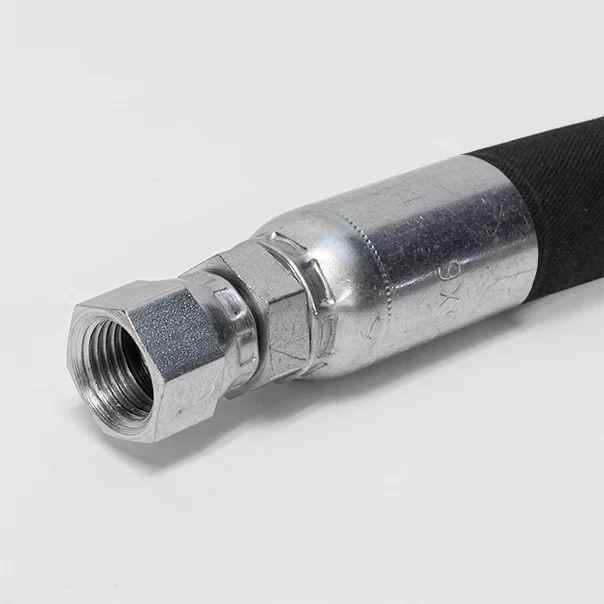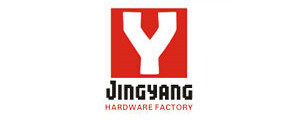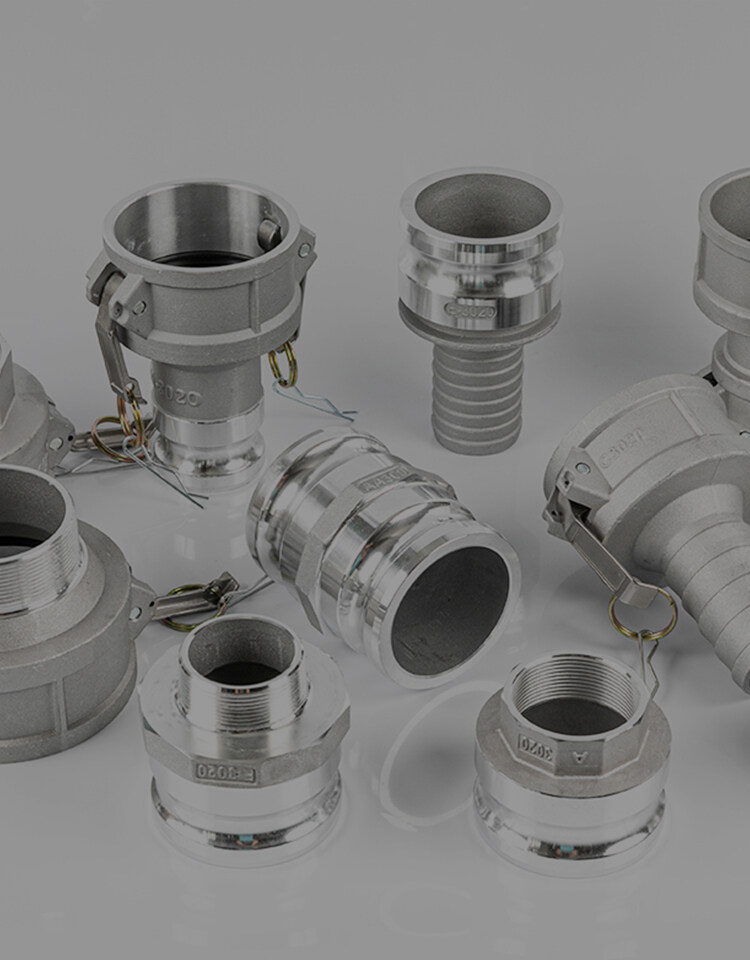Erreur de format d'e-mail
emailCannotEmpty
emailDoesExist
pwdLetterLimtTip
inconsistentPwd
pwdLetterLimtTip
inconsistentPwd

Nouvelles
Ici, vous pouvez décrire un morceau de texte que vous souhaitez exprimer

The Comprehensive Guide to Reduced Barrier Hose Fittings
The quest for efficiency and reliability is never-ending in the dynamic world of fluid transfer systems. At the heart of this quest are the components that form the critical connections within these systems – the hose fittings. Among these, reduced barrier hose fittings stand out for their advanced design, which allows for improved flexibility and reduced weight without compromising on strength or performance. These fittings are specifically tailored for reduced barrier hoses, which feature thinner walls than their standard counterparts, making them a popular choice in space-constrained and weight-sensitive applications. This post will serve as an in-depth exploration of reduced barrier hose fittings, covering everything from their design principles to practical tips for selection and maintenance. We’ll also touch upon specialized variants such as reducer hose fitting options, vacuum hose reducer fittings, and rubber hose reducer fittings, to provide a comprehensive understanding of these essential components.
Understanding Reduced Barrier Hose Fittings
The Evolution of Hose Fittings
Hose fittings have undergone significant evolution over the years, with reduced barrier variants representing the latest in a long line of innovations. Initially, hose fittings were bulky and rigid, which limited their application in tight spaces and made them difficult to install. However, as the need for more versatile and lightweight fittings grew, manufacturers began to explore new materials and designs, leading to the development of reduced barrier hose fittings.
Benefits of Reduced Barrier Designs
The primary advantage lies in their slim profile. The reduced wall thickness of the hoses they are designed to work with allows for a tighter bend radius, making them ideal for complex routing paths in automotive, aerospace, and industrial applications. Additionally, these fittings offer weight savings, which is particularly beneficial in applications where every gram counts, such as in performance vehicles or aircraft.
Types of Reduced Barrier Hose Fittings
Exploring Reducer Hose Fitting Varieties
Reducer hose fittings are a type of reduced barrier fitting that allows for the connection of hoses of different diameters. These are essential in systems where the flow of fluid needs to be controlled or where hoses of varying sizes are used within the same assembly. They come in various shapes and sizes, each designed to provide a seamless transition between hoses.
The Role of Vacuum Hose Reducer Fittings in System Design
Vacuum hose reducer fittings play a crucial role in systems that require the maintenance of a vacuum or low-pressure environment. These fittings must ensure an airtight seal to prevent the ingress of air that could disrupt the vacuum. They are commonly used in automotive air conditioning systems and industrial vacuum applications.
The Versatility of Rubber Hose Reducer Fittings
Rubber hose reducer fittings combine the flexibility of rubber with the functionality of a reducer fitting. These are often used in applications where vibration or movement is a factor, as the rubber material can absorb shocks and prevent the transmission of vibrations through the system.
Selecting the Right Reduced Barrier Hose Fittings
Assessing Your System’s Requirements
When selecting reduced barrier hose fittings, it’s important to start by assessing the specific requirements of your system. Consider factors such as the type of fluid being transferred, the operating pressure and temperature, and the environmental conditions to which the fittings will be exposed.
Compatibility and Performance Considerations
The compatibility of the fitting material with the fluid being transferred is critical to prevent chemical reactions that could lead to degradation. Performance considerations also include the fitting’s ability to withstand the system’s pressure and temperature extremes without failing.
Material Selection for Durability
The material of the fitting should be chosen based on the application’s demands. Stainless steel fittings offer corrosion resistance and strength, making them suitable for harsh environments, while brass fittings are often used in less demanding conditions due to their good corrosion resistance and lower cost.
Installation and Best Practices
Step-by-Step Installation Guide for Reduced Barrier Fittings
Installing the hose fittings requires precision and attention to detail. A step-by-step guide would include cutting the hose to the correct length, carefully inserting the fitting into the hose, and securing it with the appropriate crimping tool to ensure a leak-free connection.
Common Mistakes to Avoid
Common installation mistakes include using the wrong size fitting, over-tightening, and not properly preparing the hose ends. These errors can lead to leaks, reduced hose life, and even system failure.
Maintenance Tips for Longevity
Regular maintenance of hose fittings includes inspecting for signs of wear, checking for leaks, and replacing damaged components promptly. Keeping the fittings clean and free from debris can also extend their lifespan.
Applications of Reduced Barrier Hose Fittings
Automotive Industry: Performance and Efficiency
In the automotive industry, they are used in air conditioning and cooling systems where space is limited and weight reduction is desirable. Their compact design and high performance make them ideal for both everyday vehicles and high-performance cars.
HVAC Systems: Managing Refrigerants
HVAC systems benefit from the use due to their ability to maintain a tight seal with thinner-walled hoses, which are often used in refrigerant lines. This ensures efficient operation and prevents refrigerant leaks.
Industrial Applications: Meeting Demanding Conditions
In industrial settings, they are valued for their robustness and ability to withstand high pressures and temperatures. They are used in hydraulic systems, fluid transfer lines, and anywhere that reliability is paramount.
Troubleshooting Common Issues
When it comes to maintaining fluid transfer systems, troubleshooting is an inevitable part of the process. Reduced barrier hose fittings, while reliable, are not immune to issues such as leaks and failures. Diagnosing these problems early can prevent system downtime and costly repairs.
Diagnosing Leaks and Failures
Leaks in reduced barrier hose fittings can be attributed to several factors, including improper installation, material degradation, or mechanical damage. To diagnose leaks, visually inspect the fittings for signs of fluid escape, paying close attention to the connection points. Use pressure testing to identify the exact location of a leak. For failures, check for any deformation, cracking, or breakage in the fittings, which could compromise the system’s integrity.
Repair or Replace: Making the Right Decision
Once a problem is identified, the decision to repair or replace a fitting depends on the severity of the issue and the cost-effectiveness of each option. Minor leaks caused by loose connections may be resolved by simply tightening the fitting. However, if the fitting is damaged or severely worn, replacement is the safer and more reliable choice.
Innovations in Hose Fitting Technology
The hose fitting industry is continuously evolving, with manufacturers striving to improve the performance and reliability of their products. Innovations include the use of advanced materials that offer better corrosion resistance and durability, as well as designs that facilitate easier installation and provide more robust seals.
The Future of Reduced Barrier Fittings
Looking ahead, the future of reduced barrier fittings is likely to focus on enhancing efficiency and environmental sustainability. Expect to see lighter, stronger materials and fittings that can be easily recycled or that minimize environmental impact through reduced fluid spillage during disconnection.
Emerging Materials and Designs
Emerging materials such as high-performance plastics and composites are being explored for their potential to reduce weight and improve chemical compatibility. New designs may also feature self-sealing mechanisms or built-in sensors that can alert users to potential issues before they become critical.
Sourcing Quality Reduced Barrier Hose Fittings
Finding Reputable Suppliers and Manufacturers
To source high-quality reduced barrier hose fittings, look for suppliers and manufacturers with a strong industry reputation. Seek out companies that have a track record of reliability, customer satisfaction, and adherence to industry standards.
Evaluating Quality and Certifications
Quality can be assessed by examining the supplier’s certifications, such as ISO standards, which indicate compliance with international quality management systems. Additionally, inquire about testing procedures and whether the fittings have undergone rigorous pressure and leak tests.
Case Studies: Success with Reduced Barrier Hose Fittings
Real-World Applications and Outcomes
Case studies can provide valuable insights into the successful application. They highlight scenarios where these fittings have resolved specific challenges, such as in high-vibration environments or where space and weight savings are critical.
Lessons Learned from Industry Experts
Industry experts can offer lessons learned from years of experience with reduced barrier hose fittings. Their knowledge can help guide best practices for installation, maintenance, and troubleshooting, ensuring the best possible outcomes for your fluid transfer systems.
Conclusion
Reduced barrier hose fittings are an indispensable component in modern fluid transfer systems, offering improved performance in a compact and efficient form. Understanding the intricacies of reducer hose fittings, vacuum hose reducer fittings, and rubber hose reducer fittings is crucial for maintaining a high-performing operation. By carefully selecting the right fittings, ensuring proper installation, and conducting regular maintenance, you can safeguard the integrity and extend the lifespan of your system. As the industry continues to innovate, we can expect to see even more advanced hose fitting solutions that will enhance the capabilities and applications of these vital components, keeping fluid transfer systems running smoothly and efficiently.

